In India's competitive retail and e-commerce view, fulfillment isn't just a backend function - it's a growth lever. Whether you're a D2C brand, a QSR chain, or an omnichannel retailer, how you deliver influences:
Customer satisfaction and repeat purchase rates
Operational cost per order
SLA (Service Level Agreement) adherence and reliability
Brand trust and reputation
A failed delivery, a customer not getting tracking updates, your cost per delivery going out of control, these are not ops problems by themselves anymore. They’re business problems. It implies that the selection of the appropriate logistics software is not only a technical choice but a growth choice.
ClickPost
ClickPost is a logistics management and intelligence platform that allows brands to connect with hundreds of carriers, automate post-purchase operations, handle non-delivery reports (NDRs), returns, tracking, and performance analytics.
Best for:
Companies that have a complicated carrier network, high volume shipments, and have invested heavily in delivery performance and analytics (e.g., marketplaces, large D2C brands).
Key strengths:
500+ carrier integrations via single API
AI/ML driven carrier allocation and NDR/return automation
Unified dashboard for visibility, analytics and post-purchase experience
Automated NDR management that can reduce failed deliveries by up to 30%
Pidge
Pidge is an AI logistics intelligence platform designed to scale to India: routing, allocation, rider/fleet management and intelligent fulfilment operations.
Best for:
Brands (omnichannel retail, QSR, D2C with store network, quick commerce) that are expanding across cities, operating multiple fulfillment channels (stores, dark-stores, online) and require delivery performance control.
Key strengths:
"Titan AI" powered allocation engine, claims high SLA adherence (~97%) and 2x optimization
Support for private or shared fleet launches in minutes, custom serviceability and order-clubbing logic
Built for India's heavy fulfillment needs and digital inclusion (Digital Bharat) with hybrid network approach
Shiprocket
Shiprocket is a shipping & fulfillment enablement platform for Indian e-commerce. Offers courier aggregation, discounted rates, dashboard for orders, labels, tracking, and support across many pin‐codes.
Best for:
Small to mid-size e-commerce merchants looking for quick shipping setup, many pin-code coverage, and cost-efficient delivery without heavy infrastructure.
Key strengths:
Over 25+ courier partners, 24,000+ pin-codes coverage in India
No platform or setup fee in many cases
Automated shipping solutions: order import, label creation, integration, COD and prepaid
2025 Market Insights & Statistics
India's logistics market stands at a significant scale, valued at $310.2 billion in 2024 and projected to reach $668.2 billion by 2033 at a CAGR of 8.9%. The Indian logistics software segment specifically is expected to grow from $500 million in 2024 to $1.5 billion by 2035, with a CAGR of 10.503%.
Key market drivers include:
Government initiatives aiming to reduce logistics costs from the current 13-14% of GDP to around 8% by 2025
The e-commerce boom in India has substantially supported the logistics sector, with significant growth in demand for efficient last-mile delivery services
The Indian 3PL market is projected to grow at a CAGR of over 14% from 2025-2033, with demand for Grade A warehousing expected to hit around 1.2 billion square feet by 2027
E-commerce Logistics Explosion
The India E-commerce Logistics Market is estimated at $4.42 billion in 2025 and expected to reach $7.85 billion by 2030, at a CAGR of 12.18%. This growth is fueled by:
Approximately 700 million internet users, of which 350 million actively use digital payments
Online retail penetration expected to reach 10.7% by 2024, compared to 4.7% in 2019
The transportation segment commanding approximately 58% of the total e-commerce logistics market share in 2024
What Is Logistics Software?
Logistics platform help you deliver reliably, at scale, with performance you can measure and improve in. 2025, "logistics software" has evolved from simple shipping tools into full-blown fulfillment intelligence platforms. At its core, logistics software should help your business:
Plan, execute and monitor deliveries (order from store/warehouse → customer)
Improve first-attempt success rate, reduce failed deliveries & returns
Optimize fulfillment cost per order and drive operational scalability
Provide visibility (to operations, to customers) and control (on fleet, carriers, inventory)
What Is Hyperlocal Delivery & Why It Matters in India
Hyperlocal delivery refers to fulfillment models that cater to customers within a very limited geographic radius (often same-day or within a few hours), utilizing local inventory nodes (stores, dark stores), micro-fulfillment centers, and dynamic routing for ultra-fast delivery.
Why It's Gaining Traction in India
In 2025, 10-minute delivery has become the new norm in urban India, with 20% of India's e-commerce now dominated by Q-Commerce
The focus has shifted from price to convenience, with customers prioritizing speed and ease over price, redefining the industry
Myntra's move to offer "30-minute" delivery has set a new benchmark for consumer expectations in e-commerce
Rising consumer expectation: "Get it now" mindset, especially in grocery, QSR, pharmacy, quick-commerce
Indian retail ecosystem: dense urban centers, many pin-codes, high demand for immediacy
Benefits of Logistics Software for Growth & Revenue
Here's what choosing the right platform can unlock:
Lower cost per delivery - smarter routing, fewer failed attempts, less waste
Improved customer experience - faster delivery, less "Where is my order?" (WISMO) queries, better NPS and repeat purchase
Scalability without chaos - add cities, channels, stores without linear increase in ops cost
Reliable SLA adherence - fewer exceptions, clearer visibility, better outcomes
Competitive differentiation - in tight markets, delivery performance becomes a brand advantage, not just shipping cost
Faster deliveries lead to fewer order cancellations, with businesses optimizing logistics seeing RTO reductions of up to 25%.
If your delivery ops are fragile, you might be leaving margin on the table, losing customers to faster brands, or burning money.
Deep Feature Comparison
Let's dig into how the three platforms fare across key operational metrics.
1. Cost Efficiency
Shiprocket: Strong for low shipping cost and wide coverage, especially for SMBs
Pidge: Adds layer of optimization (routing/fleet) that drives cost per order down as you scale
ClickPost: Focuses more on leakage reduction (failed delivery, NDR) which indirectly improves cost, though not always lowest shipping cost
2. SLA & Routing Performance
Pidge leads here: routing intelligence + rider/fleet management + hybrid network
ClickPost: Good at carrier optimization and post-shipment control but less focused on last-mile fleet control
Shiprocket: Basic routing and shipping; not built for hyperlocal or multi-channel store networks
3. Fleet vs Courier Dependency
Pidge: Offers network of delivery partners (PPN) → deeper control
ClickPost & Shiprocket: More dependent on courier partners; less fleet/rider control for the brand
4. Returns & NDR Management
ClickPost: Strong in this domain, with AI resolution of failed deliveries, automation, analytics
Pidge: As full-ops platform, also supports returns workflows plus store/fulfillment integration
Shiprocket: Has returns features, but less focus on advanced analytics or intelligent re-attempt workflows
Why Businesses Choose Each Platform
Why Shiprocket?
Because you want shipping done quickly, cost-efficiently, and without heavy ops overhead. If you're primarily an online seller, early stage, and want broad pin-code coverage, Shiprocket is a smart plug-and-play.
Why ClickPost?
If you already have a sizeable delivery business, multiple carrier dependencies, you want to reduce failed deliveries, lift post-purchase experience, and invest in logistics intelligence. ClickPost helps optimize existing operations.
Why Pidge?
If you view delivery as strategic competitive advantage, and you're scaling stores rapidly, QSR, and Ecommerce - perhaps with hyperlocal expectations. Best for routing intelligence, fleet/rider control, hybrid network, SLA discipline. Pidge aligns with brands who want fulfillment to become a growth engine.
Conclusion
Logistics software in India in 2025 and 2026 is no longer just about shipping labels. It's about intelligent fulfillment, delivery orchestration, and brand experience.
Selecting the right platform doesn't only reduce cost - it improves retention, drives repeat purchases, elevates your brand.
If you treat delivery as a strategic piece of your growth architecture rather than an ad-hoc function, you'll ride the next wave of fulfillment excellence.
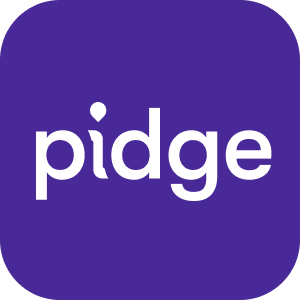
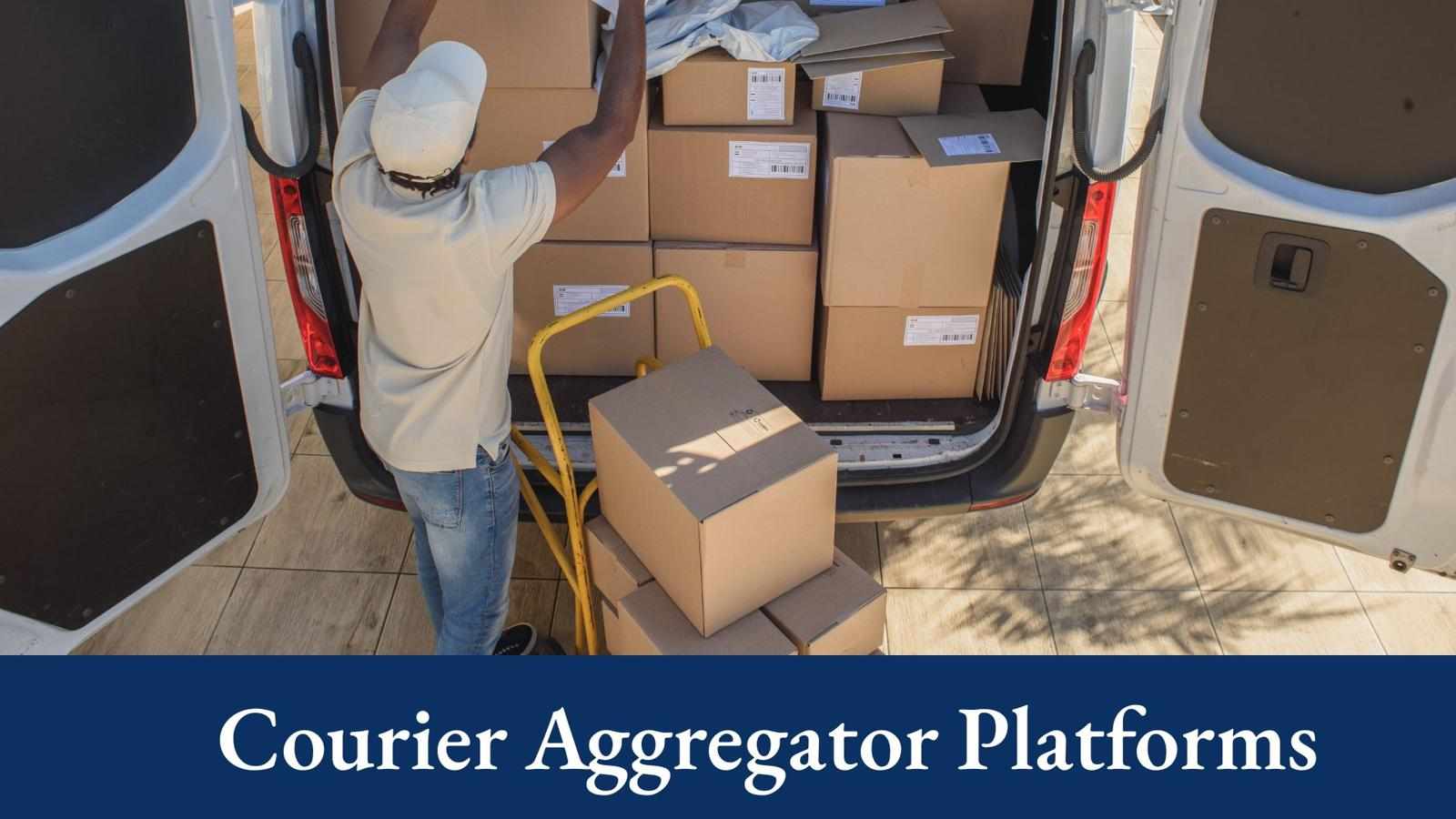
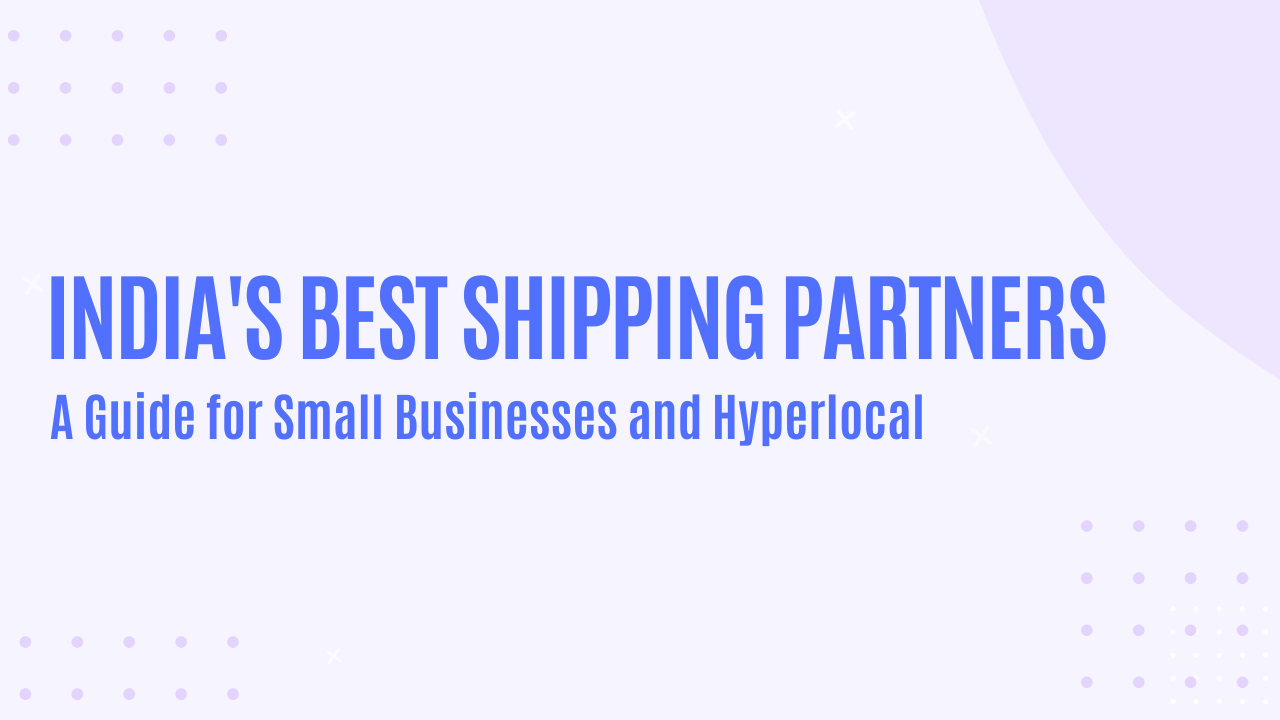

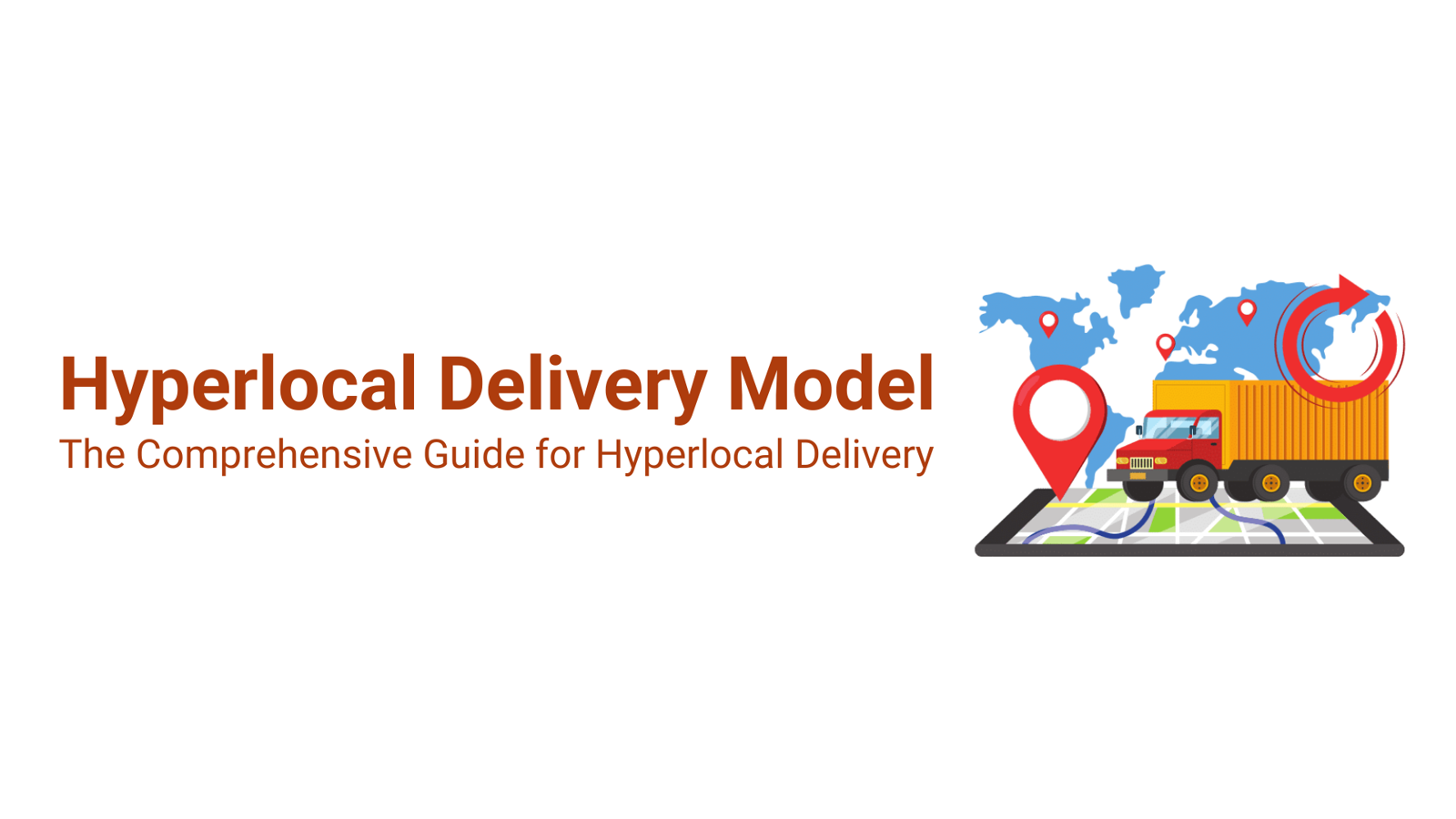
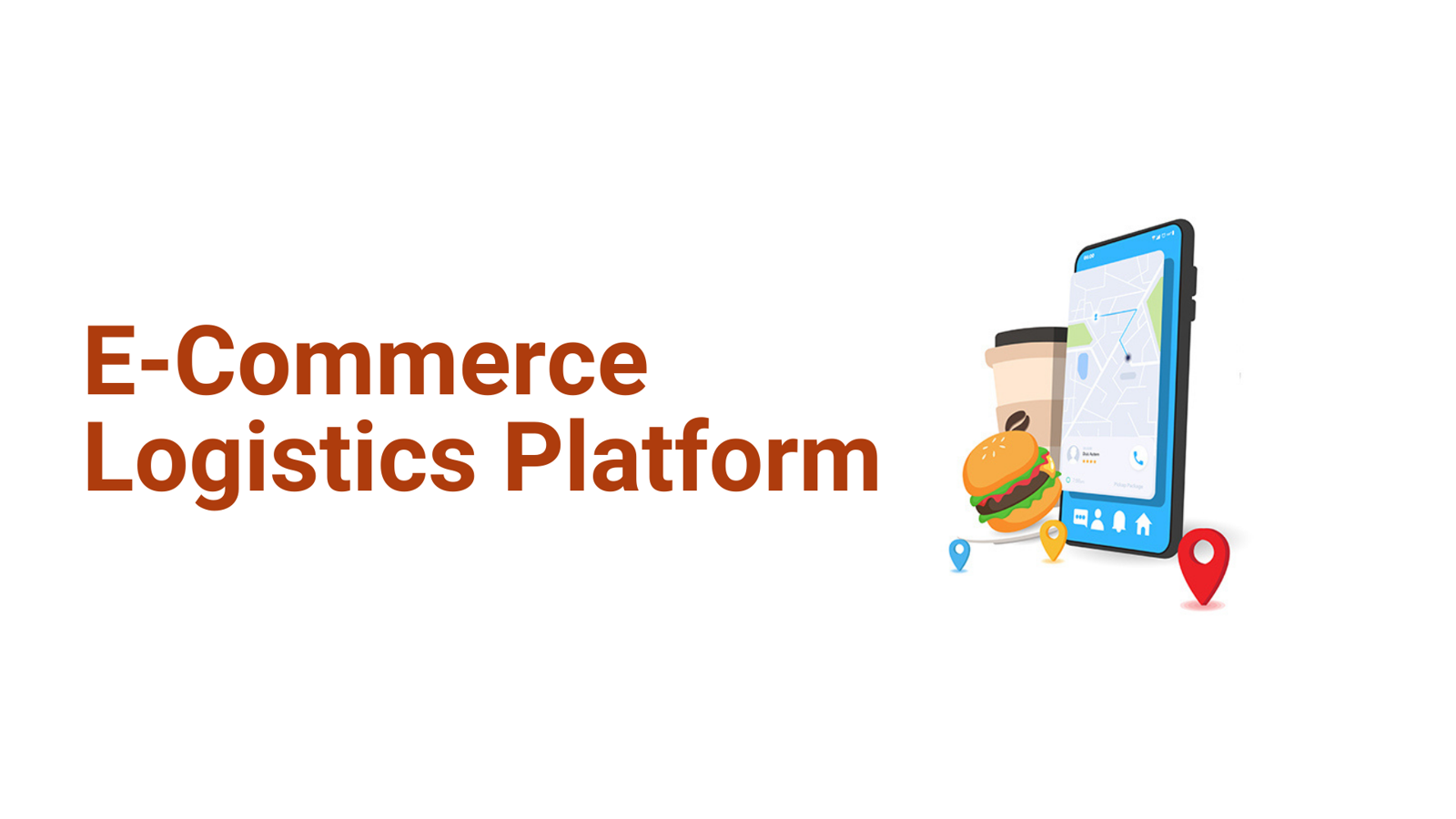
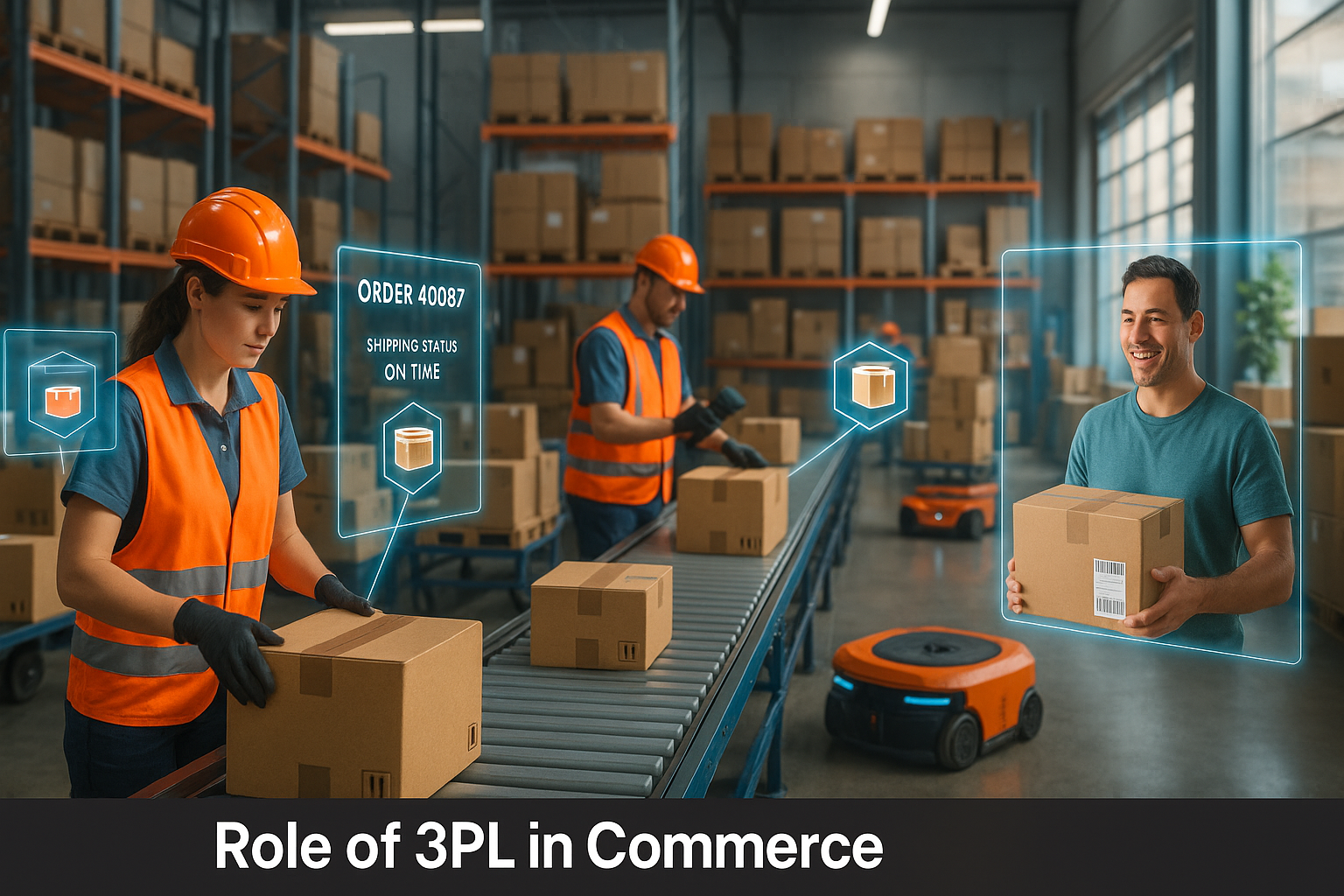
Write a comment ...